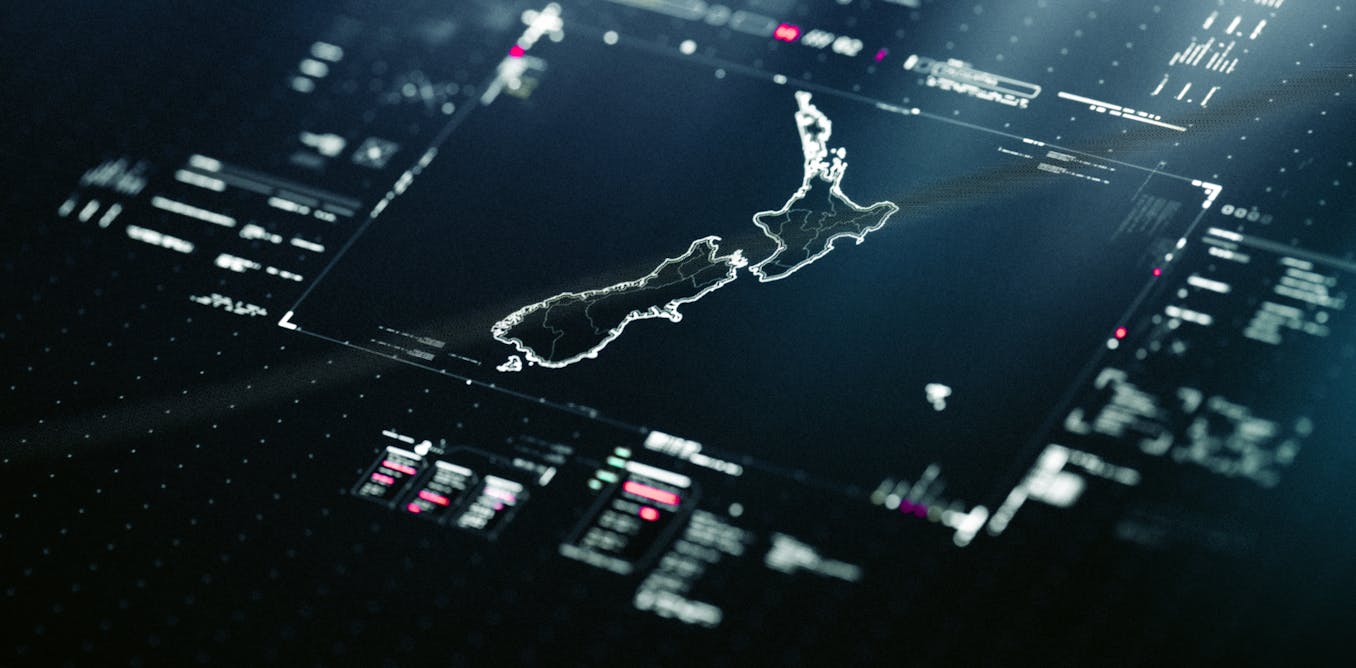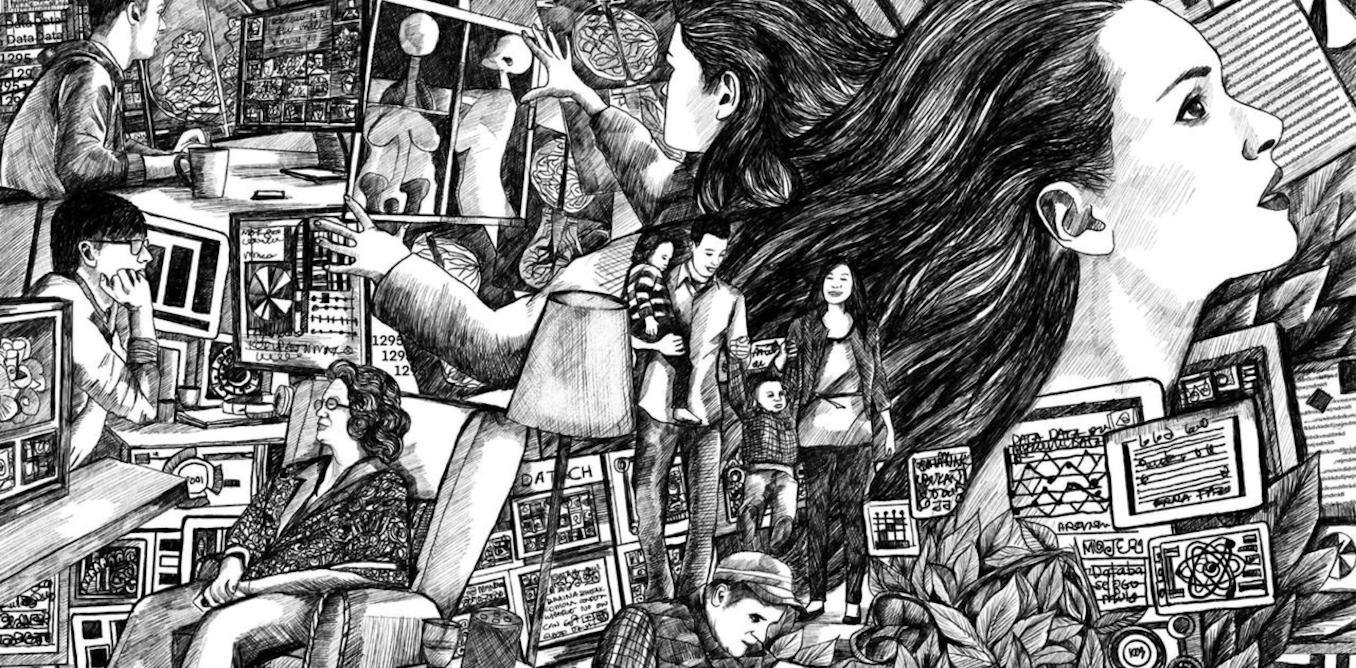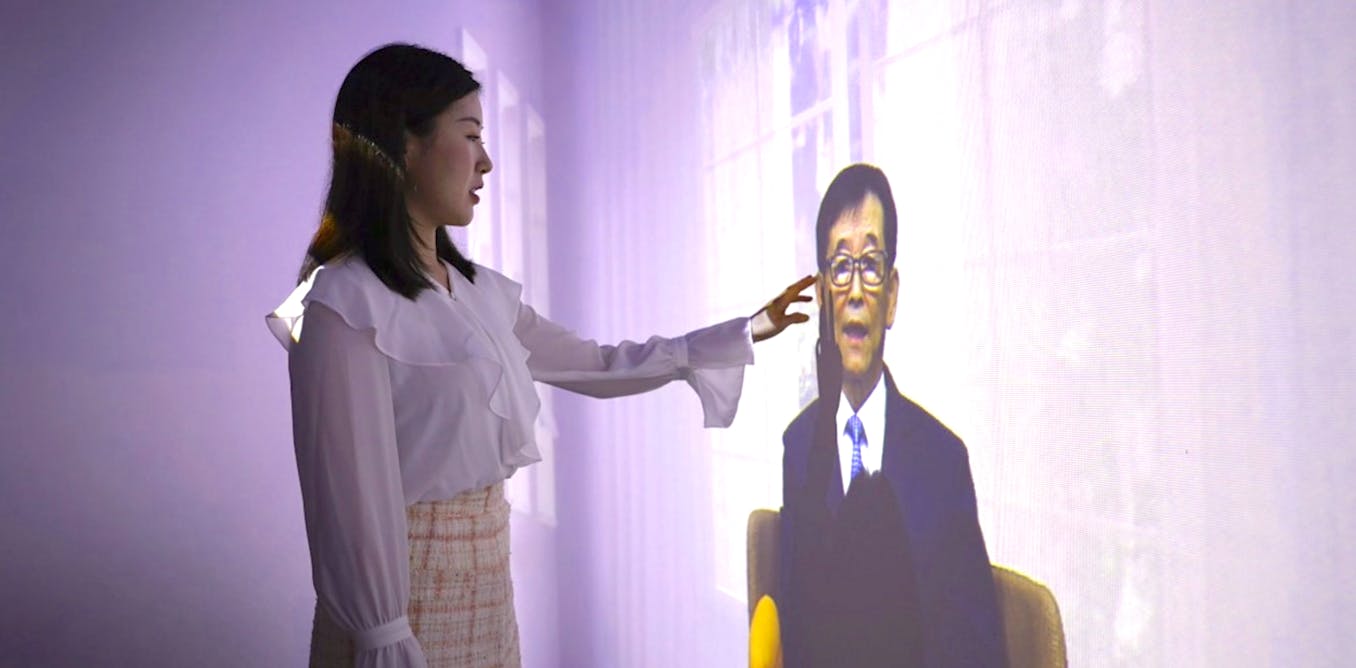Video Friday is your weekly selection of awesome robotics videos, collected by your friends at IEEE Spectrum robotics. We also post a weekly calendar of upcoming robotics events for the next few months. Please send us your events for inclusion.
IROS 2024: 14–18 October 2024, ABU DHABI, UAE
ICSR 2024: 23–26 October 2024, ODENSE, DENMARK
Cybathlon 2024: 25–27 October 2024, ZURICH
Humanoids 204: 22–24 November 2024, NANCY, FRANCE
Enjoy today’s videos!
The interaction between humans and machines is gaining increasing importance due to the advancing degree of automation. This video showcases the development of robotic systems capable of recognizing and responding to human wishes.
By Jana Jost, Sebastian Hoose, Nils Gramse, Benedikt Pschera, and Jan Emmerich from Fraunhofer IML
[ Fraunhofer IML ]
Humans are capable of continuously manipulating a wide variety of deformable objects into complex shapes, owing largely to our ability to reason about material properties as well as our ability to reason in the presence of geometric occlusion in the object’s state. To study the robotic systems and algorithms capable of deforming volumetric objects, we introduce a novel robotics task of continuously deforming clay on a pottery wheel, and we present a baseline approach for tackling such a task by learning from demonstration.
By Adam Hung, Uksang Yoo, Jonathan Francis, Jean Oh, and Jeffrey Ichnowski from CMU Robotics Insittute
[ Carnegie Mellon University Robotics Institute ]
Suction-based robotic grippers are common in industrial applications due to their simplicity and robustness, but [they] struggle with geometric complexity. Grippers that can handle varied surfaces as easily as traditional suction grippers would be more effective. Here we show how a fractal structure allows suction-based grippers to increase conformability and expand approach angle range.
By Patrick O’Brien, Jakub F. Kowalewski, Chad C. Kessens, and Jeffrey Ian Lipton from Northeastern University Transformative Robotics Lab
We introduce a newly developed robotic musician designed to play an acoustic guitar in a rich and expressive manner. Unlike previous robotic guitarists, our Expressive Robotic Guitarist (ERG) is designed to play a commercial acoustic guitar while controlling a wide dynamic range, millisecond-level note generation, and a variety of playing techniques such as strumming, picking, overtones, and hammer-ons.
By Ning Yang , Amit Rogel , and Gil Weinberg from Georgia Tech
[ Georgia Tech ]
The iCub project was initiated in 2004 by Giorgio Metta, Giulio Sandini, and David Vernon to create a robotic platform for embodied cognition research. The main goals of the project were to design a humanoid robot, named iCub, to create a community by leveraging on open-source licensing, and implement several basic elements of artificial cognition and developmental robotics. More than 50 iCub have been built and used worldwide for various research projects.
[ Istituto Italiano di Tecnologia ]
In our video, we present SCALER-B, a multi-modal versatile climbing robot that is a quadruped robot capable of standing up, bipedal locomotion, bipedal climbing, and pullups with two finger grippers.
By Yusuke Tanaka, Alexander Schperberg, Alvin Zhu, and Dennis Hong from UCLA
[ Robotics Mechanical Laboratory at UCLA ]
This video explores Waseda University’s innovative journey in developing wind instrument-playing robots, from automated performance to interactive musical engagement. Through demonstrations of technical advancements and collaborative performances, the video illustrates how Waseda University is pushing the boundaries of robotics, blending technology and artistry to create interactive robotic musicians.
By Jia-Yeu Lin and Atsuo Takanishi from Waseda University
This video presents a brief history of robot painting projects with the intention of educating viewers about the specific, core robotics challenges that people developing robot painters face. We focus on four robotics challenges: controls, the simulation-to-reality gap, generative intelligence, and human-robot interaction. We show how various projects tackle these challenges with quotes from experts in the field.
By Peter Schaldenbrand, Gerry Chen, Vihaan Misra, Lorie Chen, Ken Goldberg, and Jean Oh from CMU
[ Carnegie Mellon University ]
The wheeled humanoid neoDavid is one of the most complex humanoid robots worldwide. All finger joints can be controlled individually, giving the system exceptional dexterity. neoDavids Variable Stiffness Actuators (VSAs) enable very high performance in the tasks with fast collisions, highly energetic vibrations, or explosive motions, such as hammering, using power-tools, e.g. a drill-hammer, or throwing a ball.
[ DLR Institute of Robotics andMechatronics ]
LG Electronics’ journey to commercialize robot navigation technology in various areas such as home, public spaces, and factories will be introduced in this paper. Technical challenges ahead in robot navigation to make an innovation for our better life will be discussed. With the vision on ‘Zero Labor Home’, the next smart home agent robot will bring us next innovation in our lives with the advances of spatial AI, i.e. combination of robot navigation and AI technology.
By Hyoung-Rock Kim, DongKi Noh and Seung-Min Baek from LG
[ LG ]
HILARE stands for: Heuristiques Intégrées aux Logiciels et aux Automatismes dans un Robot Evolutif. The HILARE project started by the end of 1977 at LAAS (Laboratoire d’Automatique et d’Analyse des Systèmes at this time) under the leadership of Georges Giralt. The video features HILARE robot and delivers explanations.
By Aurelie Clodic, Raja Chatila, Marc Vaisset, Matthieu Herrb, Stephy Le Foll, Jerome Lamy, and Simon Lacroix from LAAS/CNRS (Note that the video narration is in French with English subtitles.)
[ LAAS/CNRS ]
Humanoid legged locomotion is versatile, but typically used for reaching nearby targets. Employing a personal transporter (PT) designed for humans, such as a Segway, offers an alternative for humanoids navigating the real world, enabling them to switch from walking to wheeled locomotion for covering larger distances, similar to humans. In this work, we develop control strategies that allow humanoids to operate PTs while maintaining balance.
By Vidyasagar Rajendran, William Thibault, Francisco Javier Andrade Chavez, and Katja Mombaur from University of Waterloo
Motion planning, and in particular in tight settings, is a key problem in robotics and manufacturing. One infamous example for a difficult, tight motion planning problem is the Alpha Puzzle. We present a first demonstration in the real world of an Alpha Puzzle solution with a Universal Robotics UR5e, using a solution path generated from our previous work.
By Dror Livnat, Yuval Lavi, Michael M. Bilevich, Tomer Buber, and Dan Halperin from Tel Aviv University
Interaction between humans and their environment has been a key factor in the evolution and the expansion of intelligent species. Here we present methods to design and build an artificial environment through interactive robotic surfaces.
By Fabio Zuliani, Neil Chennoufi, Alihan Bakir, Francesco Bruno, and Jamie Paik from EPFL
[ EPFL Reconfigurable Robotics Lab ]
At the intersection of swarm robotics and architecture, we created the Swarm Garden, a novel responsive system to be deployed on façades. The Swarm Garden is an adaptive shading system made of a swarm of robotic modules that respond to humans and the environment while creating beautiful spaces. In this video, we showcase 35 robotic modules that we designed and built for The Swarm Garden.
By Merihan Alhafnawi, Lucia Stein-Montalvo, Jad Bendarkawi, Yenet Tafesse, Vicky Chow, Sigrid Adriaenssens, and Radhika Nagpal from Princeton University
My team at the University of Southern Denmark has been pioneering the field of self-recharging drones since 2017. These drones are equipped with a robust perception and navigation system, enabling them to identify powerlines and approach them for landing. A unique feature of our drones is their self-recharging capability. They accomplish this by landing on powerlines and utilizing a passively actuated gripping mechanism to secure themselves to the powerline cable.
By Emad Ebeid from University of southern Denmark
[ University of Southern Denmark (SDU) ]
This paper explores the design and implementation of Furnituroids, shape-changing mobile furniture robots that embrace ambiguity to offer multiple and dynamic affordances for both individual and social behaviors.
By Yasuto Nakanishi from Keio University
[ Keio University ]

The post “Video Friday: ICRA Turns 40” by Evan Ackerman was published on 09/27/2024 by spectrum.ieee.org












-2.png)











